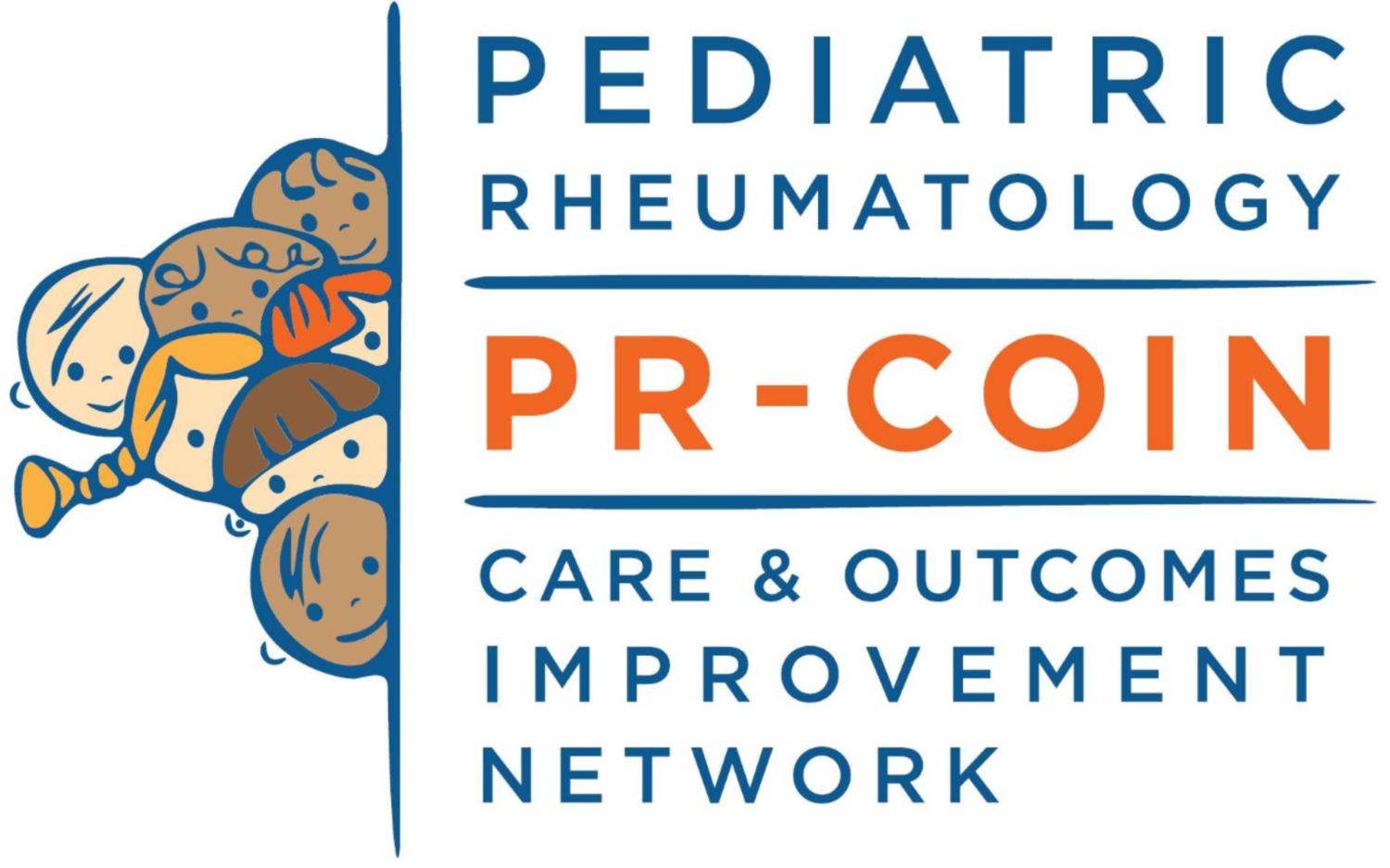Meet Dr. Danielle Bullock
“In hindsight, people always knew I’d end up where I ended up.”
Danielle Bullock, MD, MPH, did not specifically set out to practice in pediatric rheumatology. But while doing her residency, she really liked the combination of continuity of care with the complexity of problems. She is able to take care of kids who are quite sick but also maintain an ongoing relationship. She is also drawn to it being an exciting time in the field with new therapies and new progress.
Now Assistant Professor of the Division of Pediatric Rheumatology and Immunology, Bullock describes her work in that role as mostly clinical while teaching and training and working with residents. She has been at the University of Minnesota Medical School throughout her whole career.
Growing up in Indiana near Chicago, she swore she’d never move somewhere colder. But the Global Health Program first drew her to Minneapolis. She began to realize there are a lot of gaps the in US and no shortage of needs. Working at a hospital in Tanzania for 2 months during her residency also showed her some striking differences.
If she didn’t know she’d end up in pediatric rheumatology, she really didn’t see PR-COIN coming. Rich Vehe, who retired a couple of years ago, was a mentor during her fellowship. He wanted to join PR-COIN but was very busy and didn’t have the funding to join. Bullock wasn’t sure at first, but she kept coming back to the website and QI.
“Finally, I said to Rich, you’re right, we need to do this,” Bullock says. Soon after at a national meeting, she was sitting at table with Esi and Rich, and they finally convinced her.
Around 2015, they found the funding to join, and she became the site lead. Quality improvement really attracted her.
“Practically, we know how to do better but oftentimes in more traditional research, it takes years and years to show results. QI was more realistic and a practical way to care for patients sooner. PR-COIN gave us more structure to what we were already doing. “
She joined the Outcomes Committee with Sandy Burnham after Janalee Taylor retired. ”The big push right now is going to be trying to have reliable data that represents accurately the population of kids that we see with JIA. Having that data is so important to outcomes. If we don’t have those key pieces of information, it’s hard to know how to help the kids.”
These Critical Data Elements include disease activity, patient reported pain score, global assessment, physician global assessment. But getting all those things from patients and put in the registry doesn’t always happen in timely way. She wants to be able to identify and help sites who have more challenges getting data into the registry because “when we meet people where they are at, we can help each other and get to the next level.”
Bullock sees PR-COIN’s biggest impact through the guiding work of Treat to Target (T2T).
“We were as a group thinking we were already doing T2T, but there is something about the intentional structure that felt different in those patient interactions. For me and my team, having the structure pushes us to have more direct conversations with patients.
Those facilitated conversations have been eye-opening and families and patients welcome it. Inviting them into the decision-making process is not an approach they encounter often with doctors.
As to why she is still in Minnesota, it’s a little more than her work with PR-COIN.
“I married a Minnesotan. Minnesotans like to be in Minnesota.”

